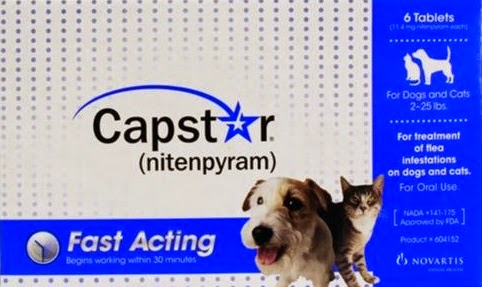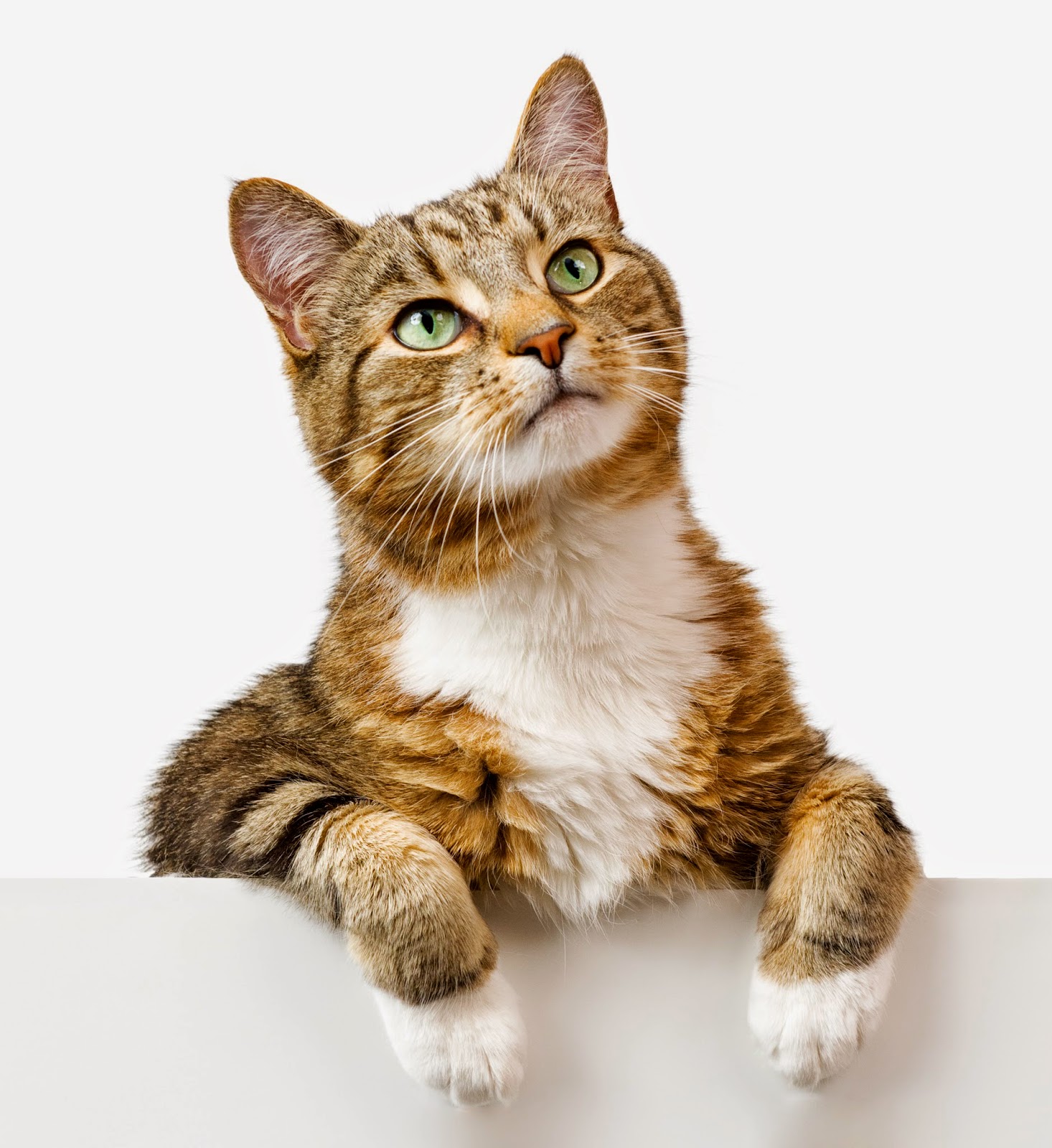Facts About Fleas
Pets in the southern and western states are susceptible to
fleas year-round. In the northern part of the country, these pests thrive
mostly from April to November, but continuous prevention is still the best idea.
Even if you think your dog or cat is flea-free, the parasite has developed an
unsettling number of adaptations to make sure pets don’t stay that way for
long. Fleas can hop nearly 10,000 times when searching for a host before they
have to settle, and their narrow bodies move easily and nearly invisibly
through pet fur. A flea life cycle ranges from 16 days to 21 months, and flea
eggs can hatch long after an initial batch of fleas has been eradicated.
The Benefits of Capstar for Cats and Dogs
While topical products have their benefits, they can also drip
or wash off as the pet runs and plays. Capstar is an oral tablet and starts
working within 30 minutes. It contains nitenpyram, a chemical that disrupts the
adult fleas' neurotransmitters and kills them. While Capstar works quickly to
kill adult fleas, it is only a short-duration product and does not prevent
fleas from reinfesting the pet. However, it is safe to give the pet another
dose at least once per day if necessary.
Capstar is made for cats and dogs between two and 25 pounds and adult dogs over 25 pounds. It's also safe for puppies and kittens that
are at least four weeks of age and older. This medication has an impressive
safety profile, which means it’s okay to administer it to pregnant and nursing
dogs and cats. It's also safe to use Capstar with other products, such as
antibiotics, heartworm preventatives, vaccines, and de-worming medications.
Using Capstar as Part of a Total Flea Management Program
Because Capstar only targets adult fleas, it is one part of a
total flea management program. To prevent immature flea development, use an
insect growth regulator, such as lufenuron, on all pets in the home. The growth
regulator will help deter flea reinfestation, and Capstar will kill any
remaining adult fleas on the pets. Novartis, the maker of Capstar, recommends
using this combination as an effective treatment program for eradicating
immature and mature fleas on both cats and dogs.
Ask the experts at Medi-Vet about Capstar and other ways to
keep pets happy, healthy, and flea-free!

